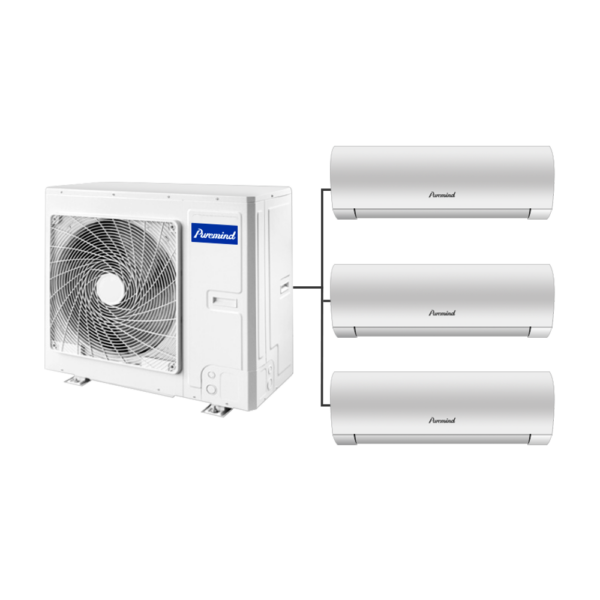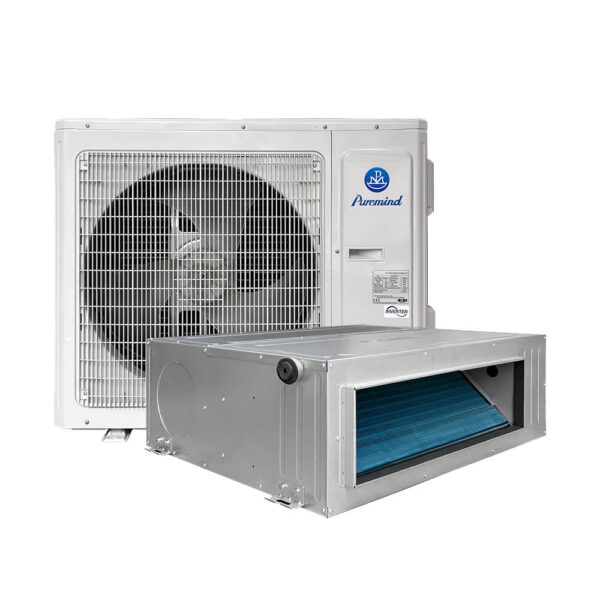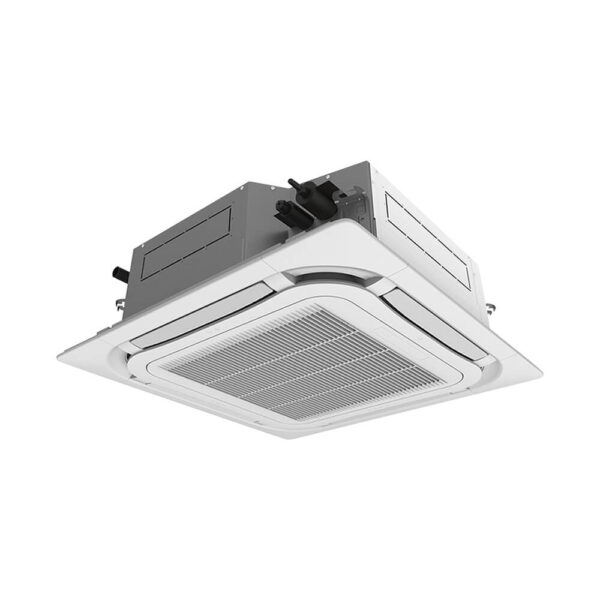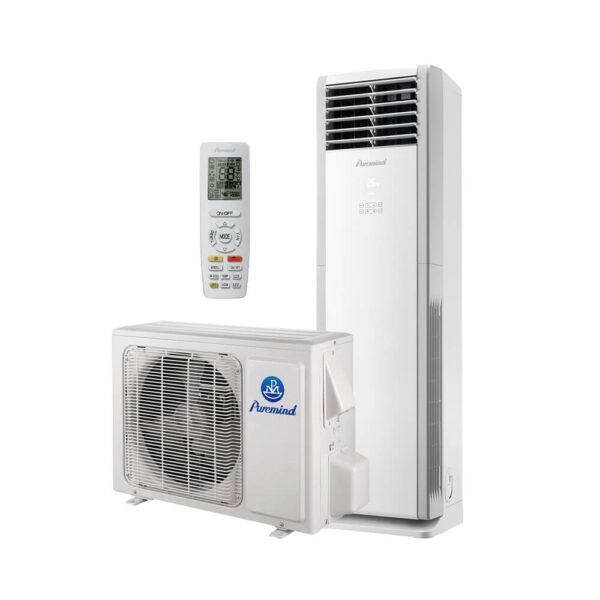HVAC Union: A Complete Guide for Distributors and Suppliers
For wholesalers, suppliers, and distributors, understanding how an HVAC union shapes project outcomes is more than HR trivia—it’s a core business competency. Union workforces affect schedule reliability, safety performance, skill depth, and warranty exposure. This guide explains how organized labor intersects with procurement, training pipelines, compliance, and margins so your teams can partner effectively and sell complete solutions with confidence.
What Is an HVAC Union?
An HVAC union is a labor organization that represents skilled tradespeople—installers, service technicians, sheet-metal workers, and pipefitters—through collective bargaining. Unions negotiate wages, benefits, safety standards, and training requirements, while contractors sign agreements to staff jobs under those terms. For distributors, the presence of a union contractor on a job influences staffing levels, scheduling cadence, submittal discipline, and demand for specific parts and tools.
Why Union Dynamics Matter to Distributors
Union contractors often operate with documented procedures, certified training, and predictable supervision. Those attributes can reduce rework and callbacks, which lowers your warranty risk. Because skill depth is consistent, you can recommend higher-efficiency equipment or advanced controls with greater confidence. Finally, project schedules are less likely to slip due to labor shortages, which stabilizes your logistics plans and improves inventory turns.
Training Pipelines and Apprenticeships
Union apprenticeship programs combine classroom instruction with supervised field hours. The result is a steady pipeline of technicians who can read submittals, follow wiring diagrams, and meet commissioning checklists. Link your product training calendar to local apprenticeship cohorts, and publish quick-reference cards aligned with your stocked SKUs. For technical baselines and terminology, leverage resources from ASHRAE, which many training programs reference when discussing airflow, psychrometrics, and controls fundamentals.
Safety, Compliance, and Risk Management
Union crews typically emphasize safety audits, PPE adherence, lockout/tagout procedures, and lift/rigging protocols. A safer jobsite means fewer delays and fewer emergency orders. Support this culture with clear MSDS links, proper refrigerant recovery cylinders, and documented start-up procedures. When a distributor can supply compliant products, labeled components, and commissioning checklists, the job moves faster and with less friction.
Cost vs. Value: Bids, Budgets, and Total Cost of Ownership
Union labor rates can be higher, but total cost of ownership (TCO) often evens out when you include rework, downtime, and energy performance. With experienced crews, advanced systems—variable-speed heat pumps, VRF, high-SEER rooftops—are installed to spec and commissioned correctly. That reduces callbacks and improves life-cycle outcomes, which matters to building owners and facility managers more than day-one savings.
Project Delivery Models and Paperwork Discipline
Union jobs frequently require clean submittals, RFI tracking, and punch-list documentation. That’s a win for distributors: when paperwork is standardized, your inside sales team can align order accuracy with the submittal package. Encourage contractors to pre-release long-lead items and stage crane picks. Organize your quotes to mirror spec divisions and tag alternates clearly—this shortens review time and increases first-pass approvals on union-managed projects.
Product Strategy: What Union Contractors Expect
Union foremen care about reliability, part availability, and service access. Stock commercial-grade fasteners, vibration isolation, hanger hardware, and code-listed sealants. For equipment, emphasize units with strong service clearances, robust boards/sensors availability, and published low-ambient performance. When jobs include ductless zones, maintain dependable inventory of mini-split systems and accessories; you can route partners to a curated wholesale range here: split air conditioner.
Controls and Commissioning: Selling Measurable Outcomes
Union crews are used to checklists. Package controls with data logging, alarm histories, and simple dashboards. Provide commissioning cards (superheat/subcool targets, airflow verification, torque values). When energy savings are measured rather than promised, your upgrade proposals win more often, and the risk of return visits drops.
Logistics and Staging for Predictable Schedules
Organized labor thrives on predictable staging: crane days, night shifts, and occupied-space protocols. Build “job-in-a-box” kits that match the submittal: equipment, curb adapters, economizers, disconnects, whips, pads, line sets, condensate pumps, sealants, and labeled fasteners. Deliver with QR-coded packing lists that map to the plan pages. This reduces on-site hunts and keeps union crews productive.
Quality, Rework, and Warranty Exposure
Because union contractors maintain consistent workmanship standards, distributors can confidently stock higher-efficiency tiers and advanced accessories without fear they’ll be installed incorrectly. Your warranty ledger will thank you. Track claims by crew and by product line; publish the correlation between training attendance and claim reduction. Then reinvest co-op dollars where they drive the largest drop in returns.
Communications and Jobsite Etiquette
Union jobs are communication-driven. Respect chain of command: PM → foreman → trades. Keep emails concise with line-item clarity and attach updated spec sheets whenever SKUs shift. Avoid surprise substitutions. When a submittal change is unavoidable, provide a one-page delta summary so field leaders can approve without hunting through manuals.
Apprentice-Friendly Content That Sells
Create laminated quick-guides tailored to apprentice learning: airflow basics, brazing practices, evacuation targets, nitrogen purging, and torque specs. Pair each guide with your stocked tools and consumables. New techs adopt your kits early, and foremen appreciate fewer calls about basics. Over time, that loyalty translates into preferred-vendor status on union-heavy accounts.
Union vs. Non-Union: Practical Differences You’ll See
Both models can deliver quality work. The visible differences are process rigor, training formalization, and paperwork cadence. An HVAC union environment tends to produce steadier manpower and consistent commissioning habits; a non-union environment may move faster on small jobs with lean teams. As a distributor, be fluent in both rhythms: offer the right bundle and lead time for each.
Procurement Playbook for Union-Focused Accounts
- Mirror the Submittal: Quote by spec section, tag alternates, and include cut sheets in a single PDF.
- Stage to the Plan: Deliver floor-by-floor or zone-by-zone pallets with labeled crates.
- Train the Foremen: Host 60–90 minute lunch-and-learns for new product lines, focusing on controls and start-up.
- Stock for Service: Boards, sensors, TXVs, contactors—parts that prevent a second truck roll.
Case Study 1: Hospital AHU Replacement
A union mechanical contractor faced a weekend shutdown window. The distributor pre-built a “job-in-a-box” with isolation springs, flex connectors, and start-up kits. Because the HVAC union crew ran a tight sequence with checklists, the swap finished by Sunday afternoon, and the facility reopened Monday without alarms.
Case Study 2: Retail Rooftop Change-Outs
For a national chain, a union contractor scheduled crane picks across three stores in one day. The distributor staged curb adapters and economizers on matching pallets. With consistent rigging protocols and clear labeling, all three RTUs started by 5 p.m., and punch-list items were minor.
Case Study 3: Office VRF Modernization
A multi-tenant building sought energy transparency. The union team installed VRF with centralized controls and submetering. The distributor supplied gateway devices and pre-programmed controllers. Post-commissioning, management saw verifiable kWh reduction and fewer comfort calls.
KPIs for Distributor Success on Union Projects
- Fill Rate During Peak Weeks: Target 95%+ to avoid schedule slips.
- First-Pass Submittal Approval: The higher the rate, the fewer re-quotes.
- Warranty Claims per 100 Installs: Should trend down with training and checklists.
- Accessory Attach Rate: Pumps, line sets, economizers—attach rates prove packaging effectiveness.
Refrigerants, Efficiency, and Policy Signals
As codes evolve, union contractors often adopt new refrigerants and efficiency baselines early. Keep your teams current on recovery, storage, and labeling. Pair efficiency upgrades with rebates; summarize incentives on a one-page flyer. For market trends and coverage of workforce topics, consult industry media like ACHR News, which regularly reports on training, adoption, and regulatory shifts that influence labor and equipment choices.
FAQ: Common Distributor Questions
Q: Will union jobs always cost more?
A: Not necessarily. While wages may be higher, schedule reliability, fewer callbacks, and cleaner commissioning can offset first-cost differences over the life of the system.
Q: How do I build credibility with union foremen?
A: Speak the language of submittals and commissioning. Bring spec-matched kits, publish change deltas, and be reachable during crane or shutdown windows.
Q: Which products should I emphasize?
A: Equipment with service access and strong part availability, plus accessories that ensure first-day start-up. When ductless is specified, route orders through dependable mini-split lines and stock complete install kits.
Conclusion
Union contractors bring process discipline, training depth, and safety culture that stabilize complex projects. Distributors who align their assortments, documentation, and staging with those rhythms see fewer surprises and better margins. Learn the paperwork cadence, package complete solutions, and train relentlessly; do that, and you will convert the structure of an HVAC union jobsite into predictable wins for your business.







